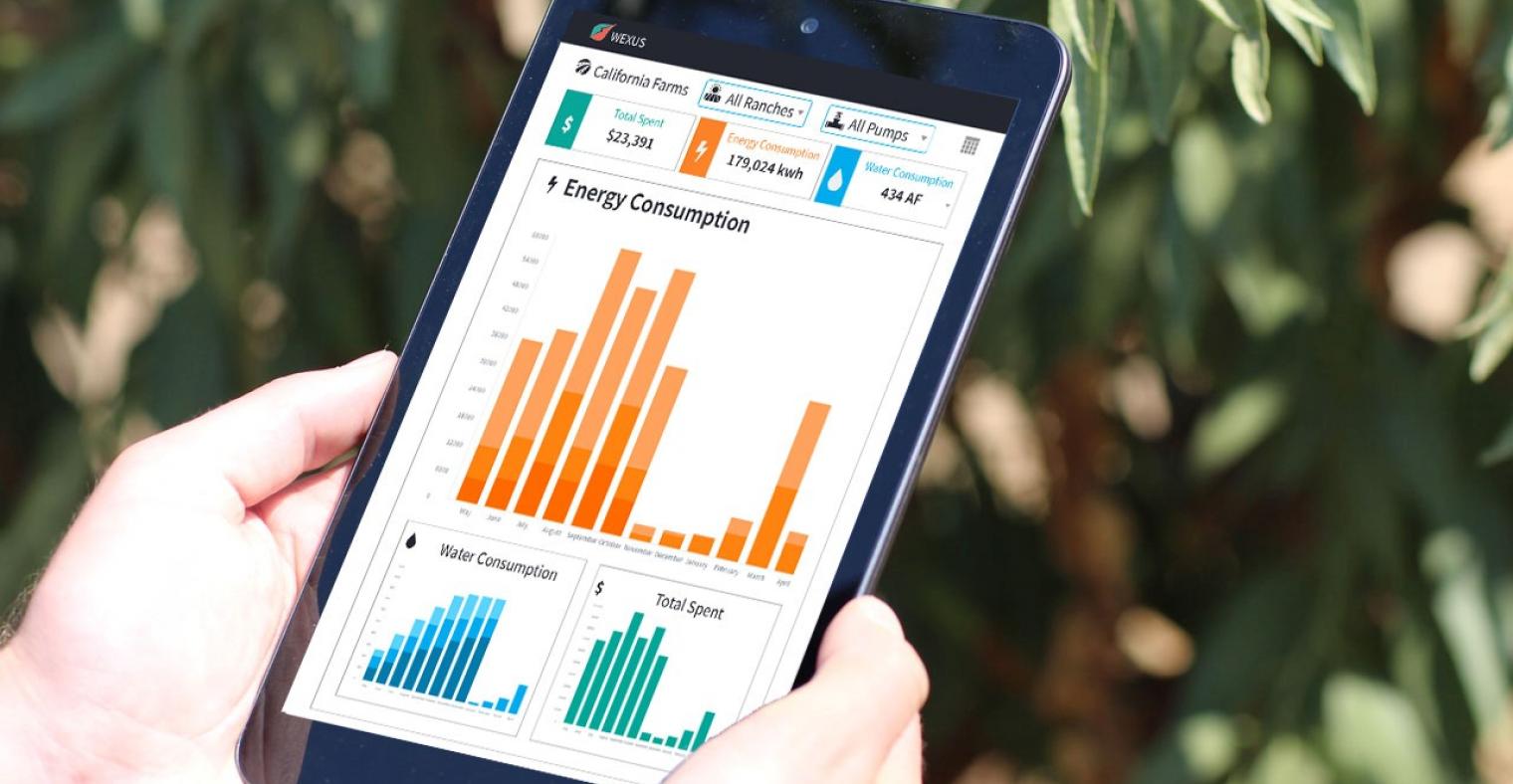GUEST BLOG: How Does Energy Efficiency Translate to Crop Yields?
Posted on February 08, 2017 09:07 AM by WGCIT
By: Aric Saunders
Business Development Manager, Wexus Technologies Inc.
Energy is costly
Let’s face it: energy costs aren’t the first thing a grower thinks about when running their farm. There are so many inputs to juggle in terms of operational costs: regulations and compliance, labor availability, equipment status, seed and soil composition, nitrogen application, irrigation schedules, and water availability, to name a few. Energy is usually an afterthought and often viewed as a fixed expense or just a “cost of doing business.”
But in our experience, one of the main reasons growers don’t focus on energy is a general lack of access to necessary data. For most growers, their only interaction with energy costs is receiving bills every month, then handing it to their accountant for processing and payment.
What most growers don’t know is the impact that even small changes in usage can have on profits. By monitoring irrigation schedules, adjusting utility rate schedules, or by keeping up with scheduled pump maintenance, growers can save tens of thousands of dollars every year. Those savings don't increase yields directly. However, they are a powerful multiplier that can increase profits and net operating income of the business. This in turn increases their farm’s asset value. This essentially has the same effect and outcome as producing higher yields.
California Grower example
Let’s look at an example. How could $50,000 in reduced energy costs really be the equivalent of increasing crop yields by $1,000,000? Sounds crazy, right?
Let’s assume an almond grower in California spends $250,000 per year on energy bills. Through various energy and cost saving efforts this grower could reduce his energy bill by 10 – 20%. At the same time, this grower faces heavy pressure on profits and is happy to earn 5% net margins. So what does that $50,000 in energy cost savings really do for him? By working backwards, every dollar saved through energy efficiency efforts has a 20x impact on top line revenue:
$50,000 in energy savings / 5% net margin = $1,000,000 impact on revenue
To put it another way, our grower who saved $50,000 would have to generate $1,000,000 in equivalent revenue to realize the same impact on his business. Do you know many growers who can suddenly acquire more farmland, grow more crops, and earn another $1,000,000 in revenue? Wouldn’t it be easier just to maximize your efficiency with the farmland you have?
EE Investments
quantifiable
The best part for decision makers behind energy efficiency investments is that the return on investment is verifiable. By tracking energy bills and usage before and after an energy efficiency investment, growers can calculate what the direct impact was on the bottom line and their yields. After all, making business decisions that make your company more competitive and profitable is what business is all about.
If you’d like more info about how Wexus can drive efficiency across your farming operation, contact Aric @ asaunders@wexusapp.com or 415-429-6038.
Aric Saunders, is the Business Development Manager with Wexus Technologies Inc. He has been bringing renewable energy and energy efficiency products to the people for years. When not talking about world changing energy software, Aric enjoys hiking around the Bay Area with his wife and baby boy.


